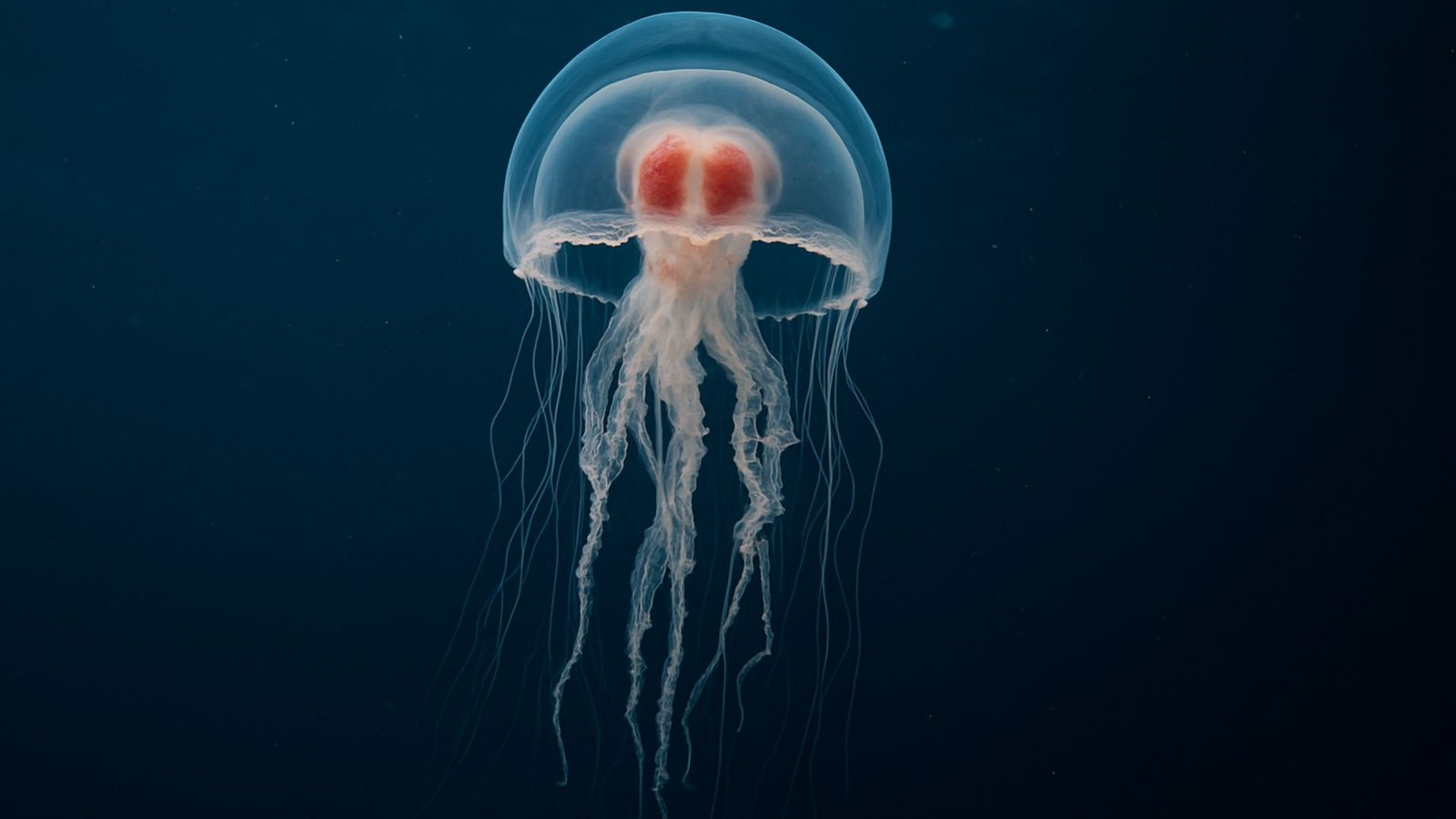Nature’s Most Incredible Oddities
The natural world continues to astound scientists and nature enthusiasts alike with creatures that challenge everything we think we know about biology. These remarkable animals possess abilities and characteristics so extraordinary that they often seem like products of science fiction rather than evolutionary masterpieces.
What Makes These Creatures So Different
While most animals follow predictable patterns of behavior and biology, these five species have developed traits that defy conventional understanding. From achieving biological immortality to surviving in the most extreme conditions on Earth, these creatures represent some of nature’s most creative solutions to survival challenges. Their unique adaptations have evolved over millions of years, resulting in abilities that seem almost magical to human observers.
Here Are 5 Animals That Seem Too Weird to Be Real
1. The Immortal Jellyfish (Turritopsis dohrnii)
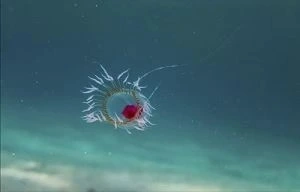
Nature’s Ultimate Comeback Artist
Meet the only known animal that can theoretically live forever by reversing its aging process and returning to its juvenile state.
Why It’s Bizarre
The immortal jellyfish possesses the remarkable ability to reverse its biological clock through a process called transdifferentiation. When faced with physical damage, starvation, old age, or disease, this tiny creature can transform its adult cells back into juvenile cells, essentially restarting its life cycle. This process allows the jellyfish to avoid death from natural aging, making it biologically immortal under ideal conditions.
Where It’s Found
Originally discovered in the Mediterranean Sea, the immortal jellyfish has now spread to oceans worldwide through ballast water from ships. These tiny creatures, measuring only about 4.5 millimeters in diameter, can be found in temperate and tropical waters across the globe, making them one of the most widely distributed jellyfish species.
2. The Blue Dragon (Glaucus atlanticus)
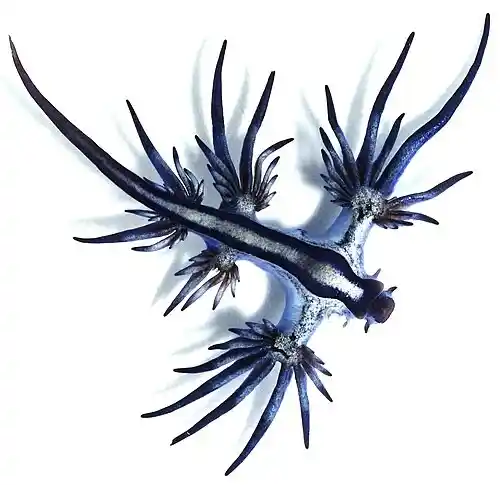
The Ocean’s Tiny Sea Serpent
This ethereal blue sea slug floats upside down on ocean surfaces, stealing venom from its prey to use as its own deadly weapon.
Why It’s Bizarre
The blue dragon feeds exclusively on venomous creatures like the Portuguese man o’ war, storing their toxins in specialized sacs called cerata. Remarkably, the blue dragon concentrates these stolen toxins, making its sting even more potent than its prey’s. Additionally, this creature floats upside down at the ocean’s surface using a gas-filled stomach, with its blue side facing up to camouflage against the water and its silver side facing down to blend with the sky when viewed from below.
Where It’s Found
Blue dragons drift through warm ocean waters worldwide, including the Atlantic, Pacific, and Indian Oceans. They’re commonly spotted along coastlines in temperate and tropical regions, often washing ashore after storms. Beachgoers occasionally encounter these beautiful but dangerous creatures along shores in Australia, South Africa, and the southeastern United States.
3. The Satanic Leaf-Tailed Gecko (Uroplatus phantasticus)
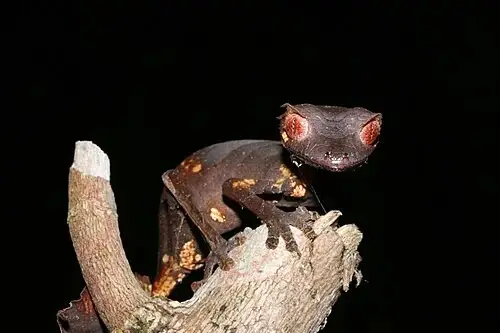
Master of Disguise
This gecko has perfected the art of camouflage so well that it becomes virtually invisible against tree bark and dead leaves.
Why It’s Bizarre
The satanic leaf-tailed gecko’s camouflage abilities border on supernatural. Its skin perfectly mimics dead leaf textures, complete with intricate patterns that resemble leaf veins, spots of decay, and natural wear. When threatened, the gecko can flatten its body against surfaces, eliminate shadows, and even adjust its coloration slightly. Furthermore, its eyes lack eyelids, requiring the gecko to clean them with its tongue, and its tail can detach when grabbed by predators, later regenerating completely.
Where It’s Found
Endemic to the island nation of Madagascar, these nocturnal geckos inhabit the tropical rainforests of the eastern and northern regions. They spend their days perfectly camouflaged against tree trunks, branches, and leaf litter in the humid forest understory. Their limited range makes them particularly vulnerable to habitat destruction.
4. The Axolotl (Ambystoma mexicanum)
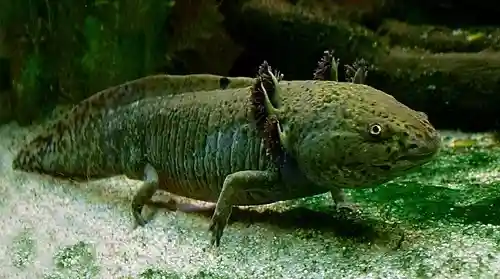
The Perpetual Peter Pan of Amphibians
This permanently aquatic salamander retains its larval features throughout its entire life while possessing extraordinary regenerative powers.
Why It’s Bizarre
Axolotls exhibit neoteny, meaning they reach sexual maturity while retaining juvenile characteristics like external gills and a fully aquatic lifestyle. More remarkably, they can regenerate entire limbs, parts of their heart, brain, and spinal cord with perfect accuracy, leaving no scars. Scientists study these creatures extensively because they can regrow complex structures that would be permanently lost in other animals, including humans.
Where It’s Found
Wild axolotls exist only in the ancient lake systems of Xochimilco and Chalco in Mexico City, Mexico. Unfortunately, habitat destruction and pollution have made them critically endangered in their native environment. Most axolotls today live in laboratory settings worldwide, where researchers study their remarkable regenerative abilities, or in the pet trade, where captive-bred varieties display colors never seen in nature.
5. The Yeti Crab (Kiwa hirsuta)
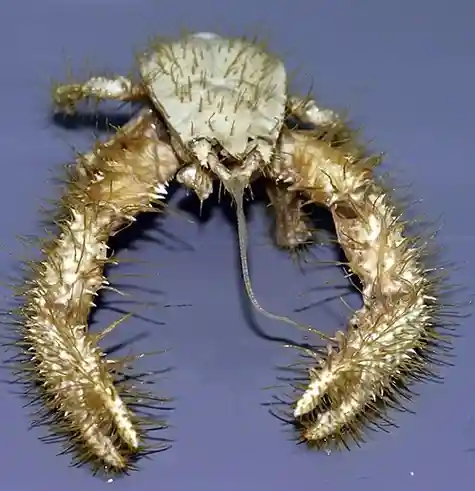
The Deep Sea’s Hairy Hermit
This blind, hairy crab lives near scalding hydrothermal vents on the ocean floor, farming bacteria on its own arms for food.
Why It’s Bizarre
The yeti crab’s most striking feature is its incredibly hairy arms and legs, covered in filamentous setae that harbor colonies of bacteria. These bacteria likely serve multiple purposes: they may detoxify poisonous minerals from the hydrothermal vents and provide nutrition for the crab. Living in complete darkness at crushing depths, these crabs have no functional eyes and navigate their extreme environment using other senses. They cluster around hydrothermal vents where temperatures can exceed 400°C (752°F), yet they thrive in this seemingly hostile environment.
Where It’s Found
Yeti crabs inhabit the deep ocean floors near hydrothermal vents in the South Pacific Ocean, particularly around Easter Island and the Pacific-Antarctic Ridge. They live at extreme depths of 2,200 meters (7,200 feet) below sea level, in an environment of perpetual darkness and intense pressure. Since their discovery in 2005, researchers have found several related species near similar hydrothermal vent systems.
Final Thoughts on Nature’s Incredible Innovations
These five extraordinary animals remind us that Earth’s biodiversity extends far beyond our everyday experiences and expectations. Each species represents millions of years of evolutionary problem-solving, resulting in biological solutions that seem almost impossible yet work perfectly in their respective environments.
From the immortal jellyfish’s age-defying abilities to the yeti crab’s extreme deep-sea adaptations, these creatures demonstrate nature’s incredible capacity for innovation. They challenge our understanding of what’s possible in biology and continue to inspire scientific research that may someday benefit human medicine and technology.

